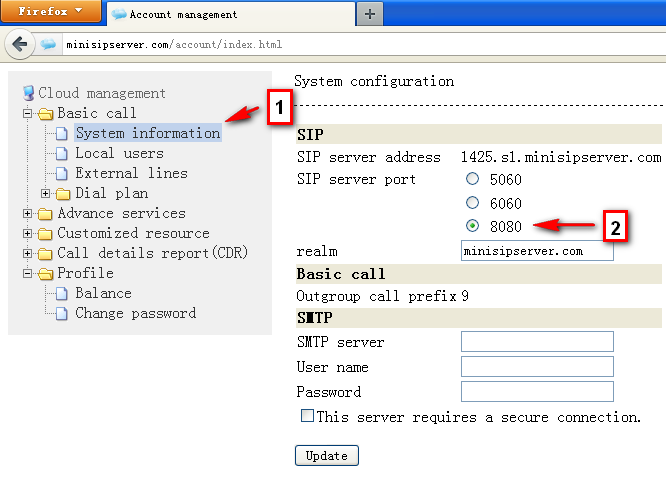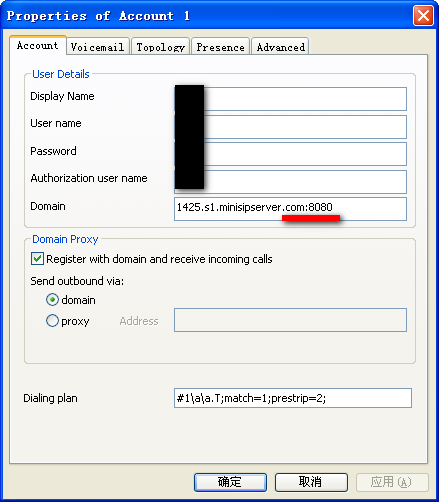New 500 clients version and MSS for linux
According to our customers’ requirement, we add a new product, 500 clients MSS, to our list. This version can support 500 extensions.
At the same time, we remove 1000 clients product from our public list which means you can still ask this product by sending mail to us. 1000 clients version is quite different with other versions, and it requires more help and support when customers try to deploy it, so we think it is not suitable for small business or SOHO business.
In another way, since Ubuntu LTS has been upgraded to 12.04 version, we upgrade all our work and test environments together, so MSS for linux version is upgraded to fit Ubuntu 12.04. We will not support other Ubuntu versions or linux distributions.




